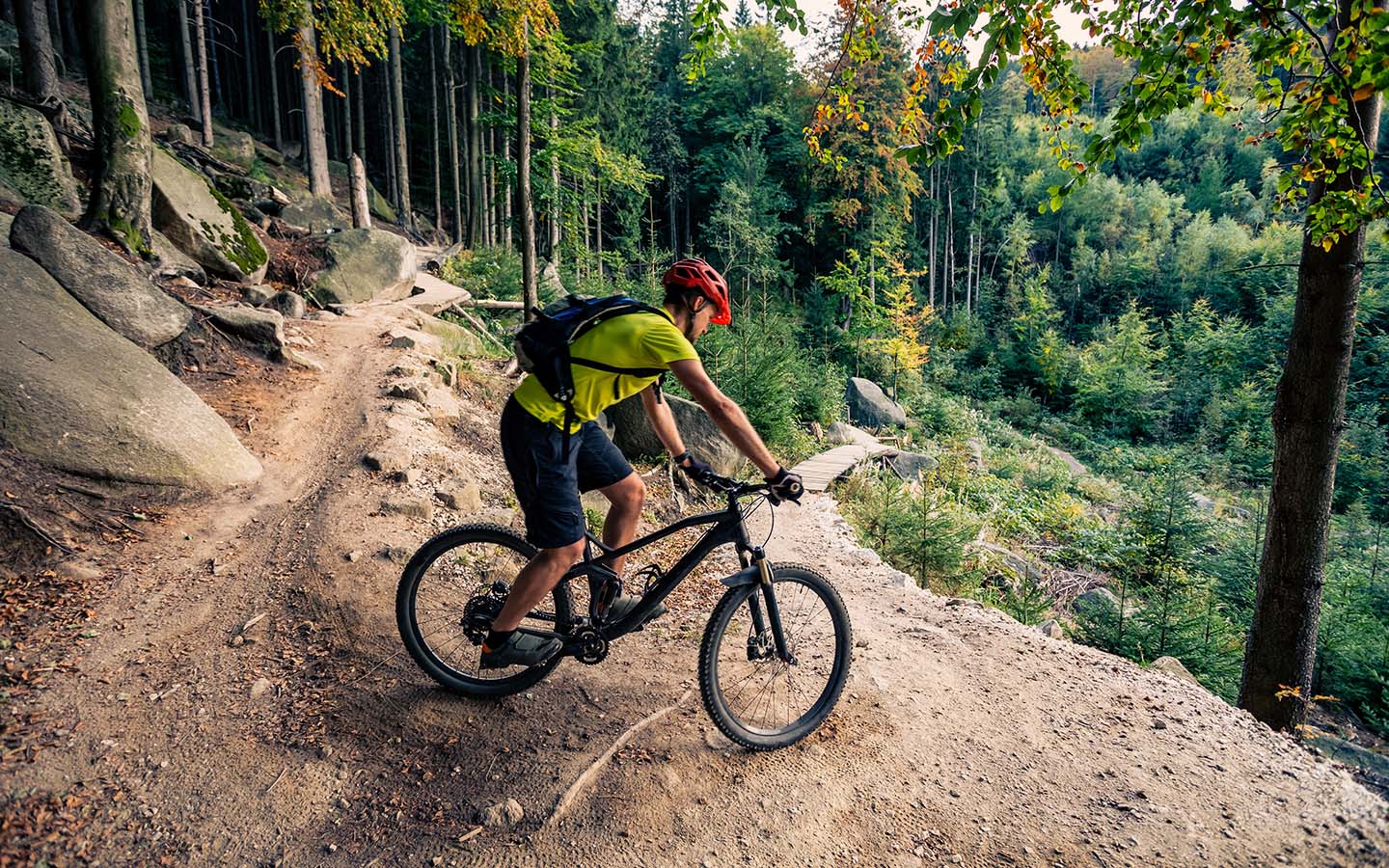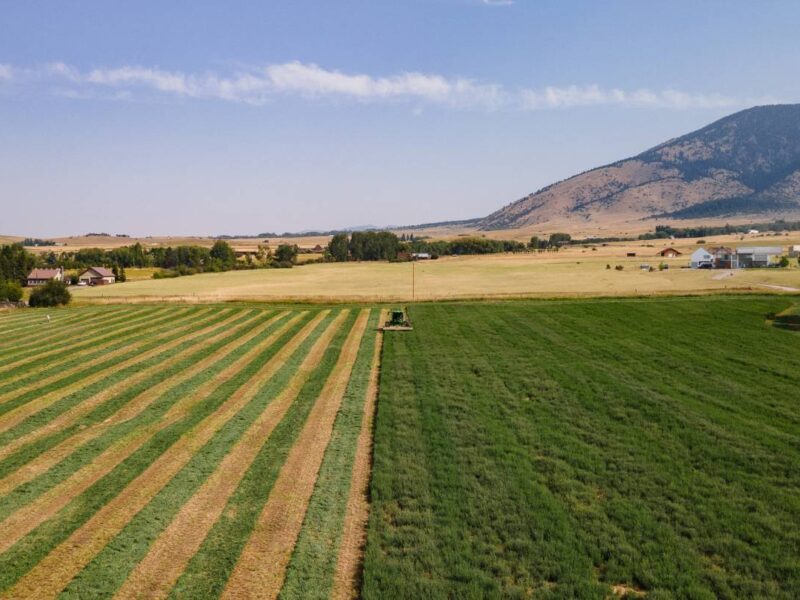Within the “Conserving and Restoring America the Beautiful” report, President Biden’s most detailed public plan to date on how to implement the 30×30 goal, are two inauspicious policy recommendations. One is “Expand Collaborative Conservation of Fish and Wildlife Habitats and Corridors.” It is immediately followed by the recommendation to “Increase Access for Outdoor Recreation.”
At first, the two recommendations may seem to glide seamlessly in tandem. The language in the report suggests as much, stating “additional conservation can and should improve access for hunting, fishing, hiking, boating, and other forms of outdoor recreation.” But, as landowners know, it isn’t necessarily that simple. As unmanaged recreational use and resource impacts on public lands increase, many of the best places left for wildlife to find solace and refuge are now on private land. Landowners adjacent to the places that we are increasingly loving to death know all too well the real impact of an unchecked commitment to play, and are often left holding the bill to make up the difference.
Many people assume recreation is benign because often the impacts are hard to see. If you’re not on the land every day, or are a relatively recent user, the changes to wildlife use of public lands and the creep of invasive species are often invisible. From a stewardship perspective, increased recreational use usually means the nearby landowner bears greater responsibility for maintaining range health and providing solitude and forage for shy wildlife.
At the same time, some communities in the rural West are finding that recreation is an economic boon, supplementing income lost from other sources. People are increasingly leaving urban and suburban centers to find solace in the rural west, and with them they bring new economic opportunities and spending potential to those communities. Of course, the desire to own your own slice of paradise also comes with dastardly consequences for wildlife. Subdivision, development and construction in the wildland-urban interface are also major threats to wildlife.

Will we come together to strike the right balance, or will we prioritize our short-term individual interests, and run the places and things that we cherish into ruin?
While the “America the Beautiful” report’s lack of a detailed plan to balance enhanced access to recreation with conservation objectives raises some concerns, it is worth taking a step back first. Vague policy proclamations are just that: general statements of intent and not federal mandates. And in that grey area between intent and implementation, we who care about a healthy and thriving West see an opportunity.
The report heavily emphasizes that locally-led approaches will be key to achieving its recommendations. So while there is no set definition for exactly what “locally-led” conservation will look like yet under this initiative, we are fighting to make sure that it includes support and recognition for land stewards, and places meaningful investments in the capacity for community-based organizations and place-based groups to lead the way. Empowering effective local leadership to balance multiple land use objectives, in combination with real economic and social support for private land stewardship, will be the recipe for success.
In our current environment of team-sport politics, room for discussion is hard to find in a public forum. Big picture goals of increased recreational access and improved conditions for collaborative conservation are not inherently in conflict. At the same time, these goals are not inherently in harmony either. We need to have this discussion. Will we come together to strike the right balance, or will we prioritize our short-term individual interests, and run the places and things that we cherish into ruin? We can continue to strive to find a balance between recreation and conservation. So long as we admit that a balance exists to be found in the first place.
Zach Bodhane is policy director for the Western Landowners Alliance. He was previously a policy advisor for the Western Governors’ Association, leading WGA’s Endangered Species Act Initiative and facilitating their Working Lands Roundtable.
Tom Page is co-owner of Big Creek Ranch, a conservation-oriented cattle and hay operation in the Upper Salmon River basin. He is a board member of the Western Landowners Alliance and chairs the board’s policy committee.




